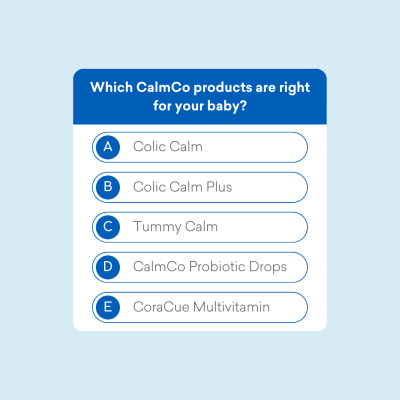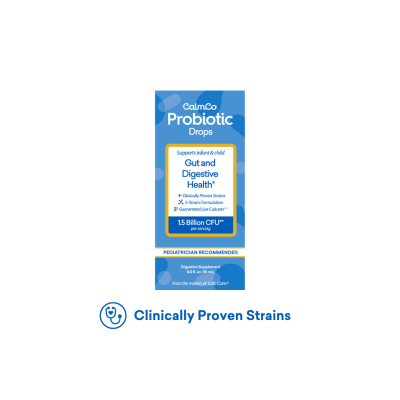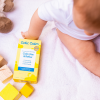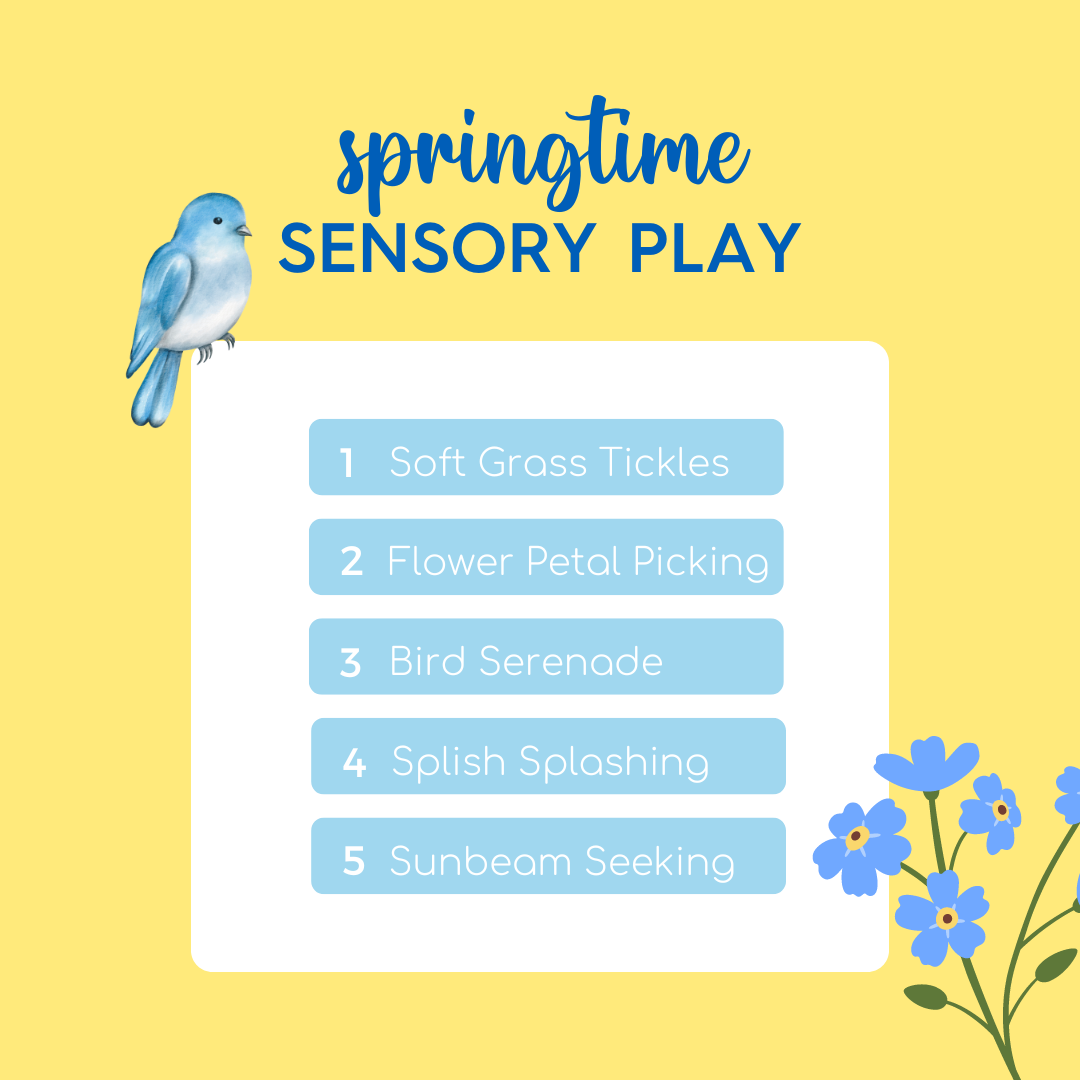5 Tips to Soothe a Gassy Baby

If your baby frequently experiences gassiness, you’re not alone. A gassy baby is very common and normal, especially during the newborn stages of life. Since babies have ample opportunities to swallow air during feeding and crying throughout the day, they are extremely prone to gassiness. The swallowed air easily gets trapped in the baby’s underdeveloped system, causing digestive upset.
If your baby cries for about an hour each day, seems upset most of the time, and isn’t eating or sleeping well, he or she may be dealing with gas discomfort. Some babies also get red in the face or pull their legs to their chest when dealing with excessive gas.
Trying to console a baby with these symptoms can be frustrating. Luckily, there are several tips and tricks for soothing your gassy baby. And, we are here to help! Below are five of our top tips to soothe your little one’s digestive discomfort.
1. Practice physical therapies
a. Practicing physical therapies on your little one can be very helpful in gas relief. Bicycling your baby’s legs, giving a tummy massage, and swaddling are just a few remedies.
i. You can also try the football hold by carrying your baby face down with the tummy on your forearm and legs around your wrist. Watch a video demonstration on how to do the football hold here. The pressure applied on your little one’s tummy from gravity will help to release gas. A gentle back rub can also assist in this process.
ii. Baby wearing can be another helpful practice. Baby wearing is practiced in many other cultures where a baby is constantly clinging to its caretaker in an infant carrier or sling. By keeping your child upright constantly in a baby carrier, you’ll help pass gas and smooth the digestive process. However, you’ll want to be careful when selecting a baby carrier as some can cause hip dysplasia. Visit https://hipdysplasia.org/hip-healthy-products/ for a list of hip-healthy carriers and slings for baby wearing.
2. Implement tummy time often
a. Not only is tummy time important for strengthening the neck and shoulder muscles, it’s also helpful when trying to prevent gas. Simply place your baby on his or her stomach (while awake and supervised, of course). Lay a blanket down on the ground. After changing your baby’s diaper or waking he or she up from a nap, place your baby on the stomach for three to five minutes. Try to do this two to three times a day.
3. Frequently burp your baby
a. Because feeding is an opportune time for a baby to swallow gas, you’ll need to focus on burping the baby more than once. It can be helpful to burp your little one in between feedings. For example, you can feed your baby for a little while and then burp him or her. Feed your baby again, and then burp again once the feeding is finished. This method will ensure that your baby gets all the gas out.
b. If your little one turns away from your breast or the bottle after a few minutes of feeding, he or she is most likely experiencing gassiness. In this case, you can burp every 2 to 3 ounces of milk if bottle feeding or every 5 to 10 minutes when breastfeeding.
4. Use specific feeding techniques
a. Feeding techniques are crucial in preventing an infant from feeling gassy. Try feeding your baby at an angle. Keep your little one’s head and neck elevated above the stomach while feeding. If feeding with a bottle, tip the bottle slightly so that air bubbles rise to the top. Bottles with curves or angles can help with this technique.
b. You can also try out different types of bottles and nipples to see which ones work best with your baby. Bottles with soft nipples that contour with the baby’s lips help prevent air flow. This helps milk flow gradually and slowly to prevent the baby from swallowing air. Switching formulas can also be helpful.
5. Try Colic Calm or Colic Calm Plus
a. It can also be extremely helpful to utilize a gripe water or gripe water alternative such as Colic Calm. Colic Calm combines 8 safe and effective ingredients to encourage a baby’s body to heal itself. Instead of masking the symptoms like typical gripe waters do, Colic Calm address the root issue and breaks down gas bubbles to provide quick relief.
b. If you’re looking for a step up, try Colic Calm Plus. Colic Calm Plus includes four additional ingredients that provide professional strength digestive support.
Though it can be difficult to have a baby struggling with gassiness, there are several tips and tricks you can implement to soothe your little one. Have you tried other methods that have worked for you? What did we miss? Leave a comment below and let us know!
 Canada
Canada South Africa
South Africa UK
UK EU & Int
EU & Int Ireland
Ireland Australia
Australia Brazil
Brazil New Zealand
New Zealand
















Comments